Debris Examples
It can be easy to see timber in the water, but sometimes it is difficult to determine whether it should be removed or not. Use these examples to help you decide whether to report debris.
These examples pose a risk to navigation or the scenic value of the lakes, and would be removed.
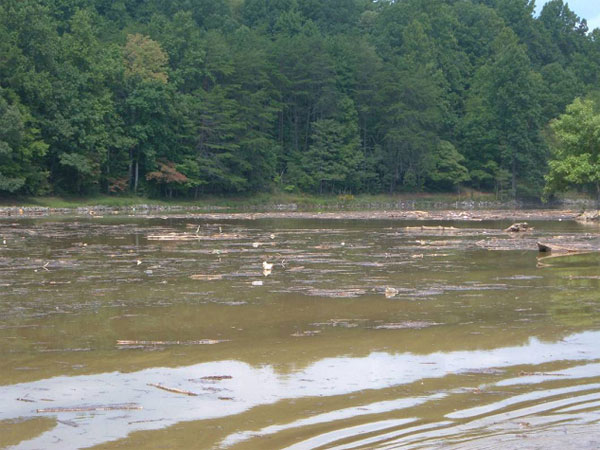
This type of debris after a high-flow event would be removed from the main channel.
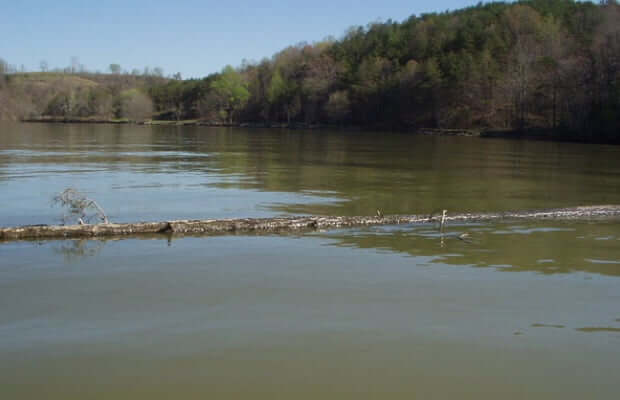
This floating tree poses risk to boaters in the main navigational channel and would be removed.
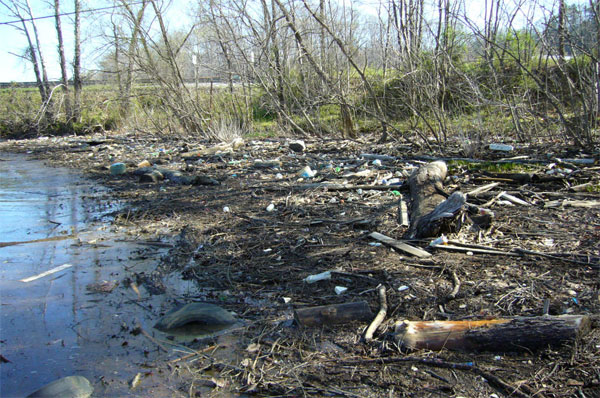
This cove is full of artificial and small natural debris. The material would be removed due to the high volume of artificial debris in a highly visual location next to public access ramp.
Some debris creates a natural habitat for fish and other wildlife without posing navigational risks. In these cases, we would leave the debris.
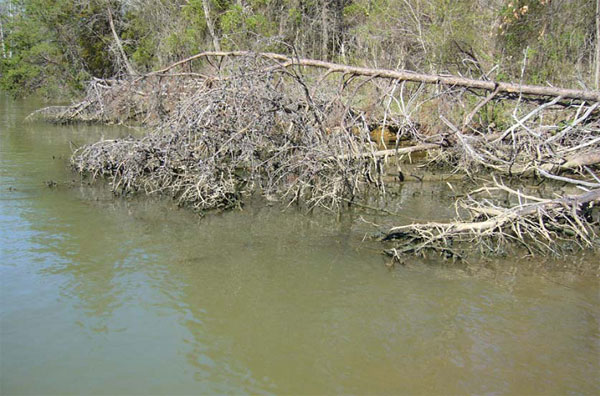
Fallen timber still attached to the shoreline creates a complex fish habitat with no navigational issues. We would not remove this woody debris due to its habitat value.
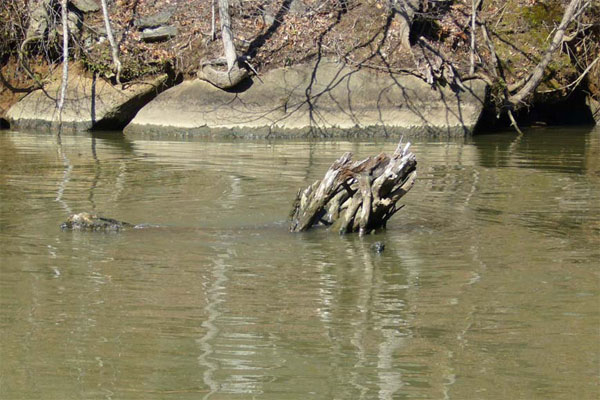
We would not remove this root ball since it is secured in a near shore location and provides a beneficial complex habitat.
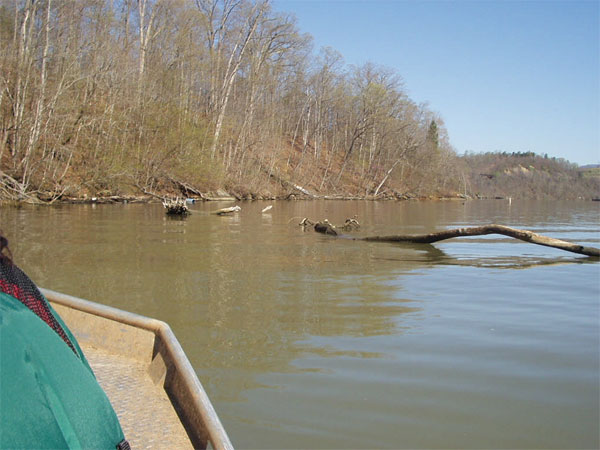
Embedded timber and root wads on shoals marked by navigational buoys create debris that would remain as it creates fish habitat within an area marked as non-navigational.
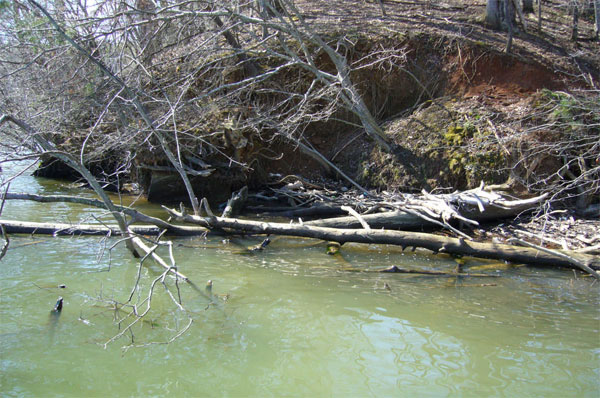
Much of this woody debris with is attached, providing a complex fish habitat. We would not remove the secured debris due to its habitat value, but floating debris may be secured in place.
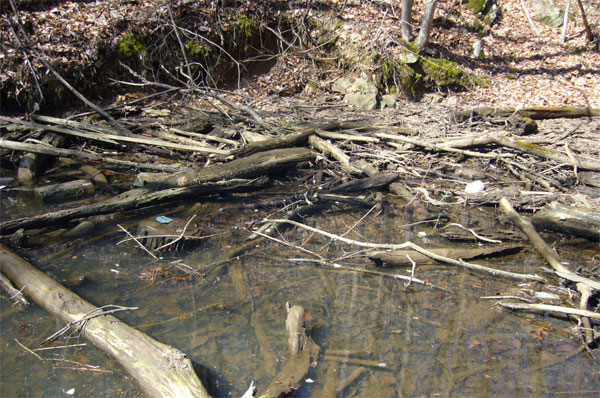
This natural debris within a cove is a quality aquatic habitat and should remain in place, when possible, including forested, protected, and undeveloped coves, as well as areas less prone to wind transport of debris.
Sometimes artificial or floating natural debris may need to be removed, but it isn’t a high priority because it doesn’t pose a navigational risk.
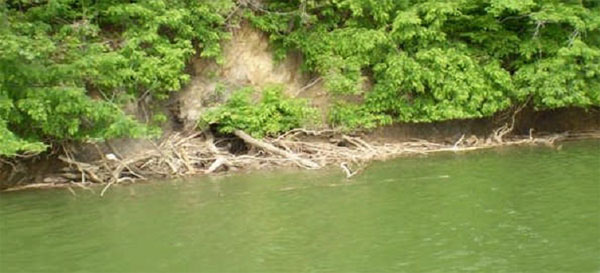
The fallen timber attached to the shoreline would not be removed. The floating woody debris may be removed, but it would not be a high priority since it does not create a navigational hazard.
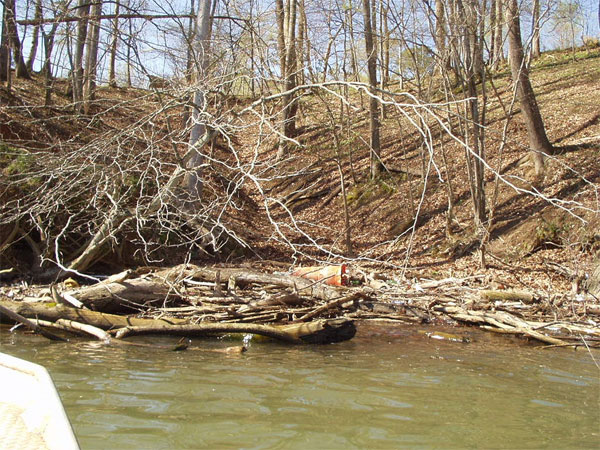
This cove has large and small natural and artificial debris. We would not remove the attached material. The unattached artificial material may be removed and natural material may be secured in place, but it would not be a high priority since it does not create a navigational hazard.